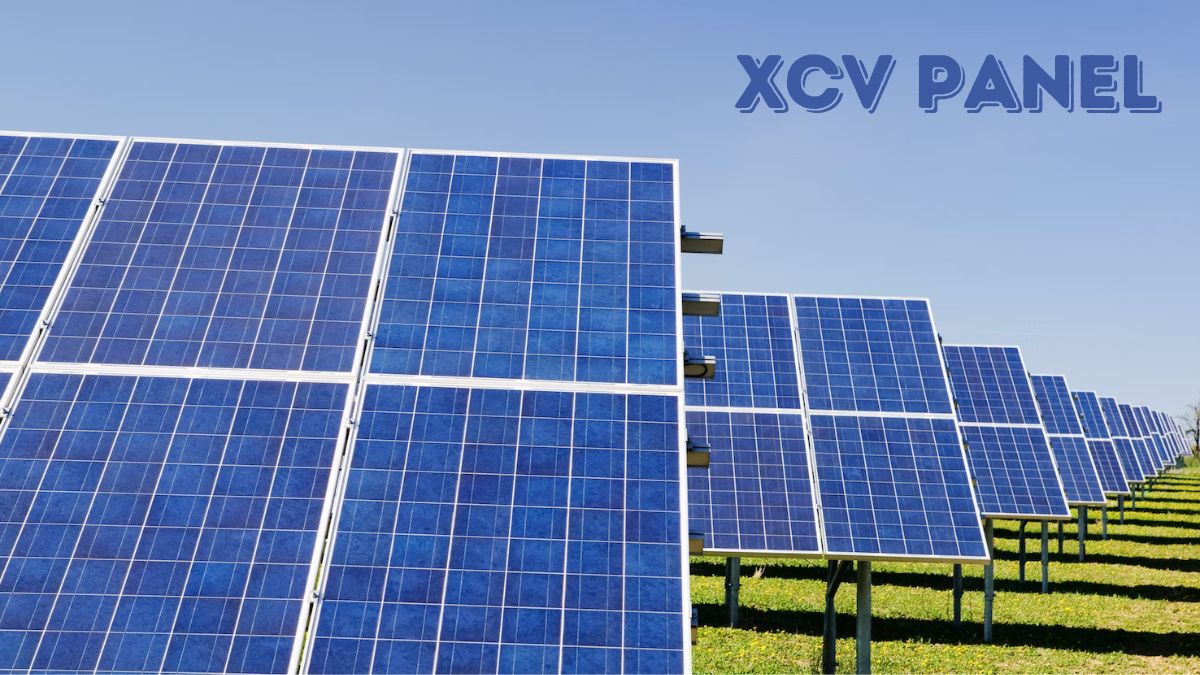In the ever-evolving landscape of technology and sustainability, innovations like the XCVPanel are making waves, particularly in the United States. This groundbreaking technology promises to reshape how we harness energy, offering a sustainable alternative to traditional power sources like coal.
Origins
The XCVPanel represents a leap forward in renewable energy solutions. Developed in response to growing concerns over environmental impact and resource depletion, this technology aims to reduce our reliance on finite resources such as coal. Unlike fossil fuels, which contribute significantly to greenhouse gas emissions and environmental degradation, the XCVPanel taps into renewable sources to generate clean electricity.
How It Works
At its core, the XCVPanel utilizes advanced photovoltaic technology to convert sunlight directly into electricity. This process involves the use of solar cells, which capture photons from sunlight and generate an electric current. Unlike older solar technologies, the XCVPanel boasts enhanced efficiency and durability, making it a viable option for both residential and commercial applications.
Benefits
- Sustainability: By harnessing solar energy, the XCVPanel helps reduce our carbon footprint and mitigate climate change. It offers a renewable alternative to fossil fuels, promoting a cleaner and greener future.
- Cost-Efficiency: Over time, investing in solar panels like the XCVPanel can lead to significant cost savings on energy bills. With advancements in technology, the initial investment is increasingly becoming more affordable, making solar power a feasible option for homeowners and businesses alike.
- Versatility: The modular design of the XCVPanel allows for scalability and flexibility in installation. Whether it’s a small residential rooftop or a large-scale solar farm, these panels can be tailored to meet varying energy demands.
Adoption and Impact
In recent years, the adoption of solar technology, including the XCVPanel, has seen exponential growth. Government incentives, coupled with public awareness of environmental issues, have spurred demand for renewable energy solutions. Across the USA, homeowners, businesses, and even municipal entities are integrating solar panels into their energy strategies, aiming to reduce reliance on non-renewable resources and contribute to a more sustainable future.
Challenges and Future Outlook
Despite its numerous benefits, widespread adoption of solar technology faces challenges such as intermittency and storage. Addressing these issues requires continued innovation and investment in energy storage solutions like batteries. Moreover, policy support and infrastructure development are crucial to scaling up renewable energy projects effectively.
Looking ahead, the future of the XCVPanel and similar technologies appears promising. As advancements continue to drive down costs and improve efficiency, solar power is poised to play a pivotal role in meeting global energy demands sustainably.
Conclusion
The XCVPanel represents not just a technological advancement but a beacon of hope for a cleaner, more sustainable future. By harnessing the power of the sun, this innovative solution offers a pathway to reduce reliance on fossil fuels, mitigate climate change, and pave the way for a greener planet. As we navigate towards a renewable energy future, investments in technologies like the XCVPanel will be essential in shaping a world powered by clean, sustainable energy.
In summary, the XCVPanel isn’t just a game-changer in the tech scene—it’s a catalyst for positive environmental change, setting the stage for a brighter and more sustainable tomorrow.
